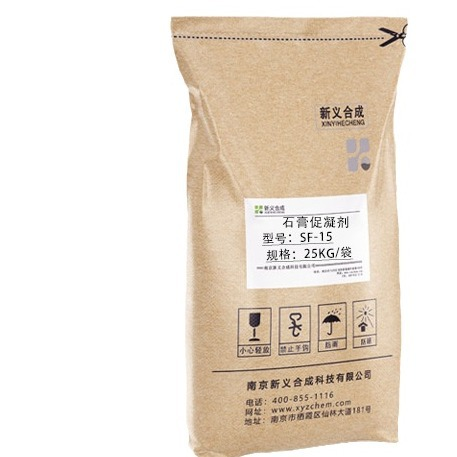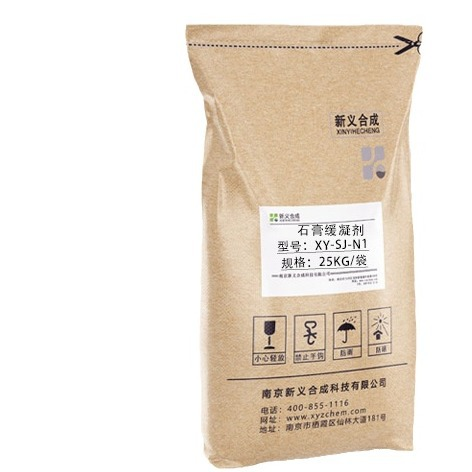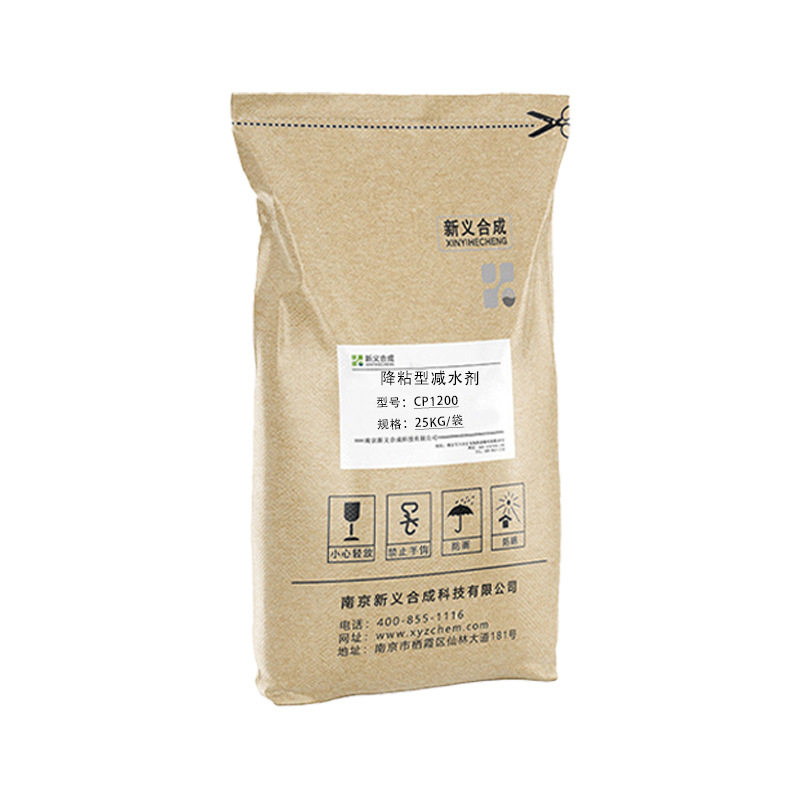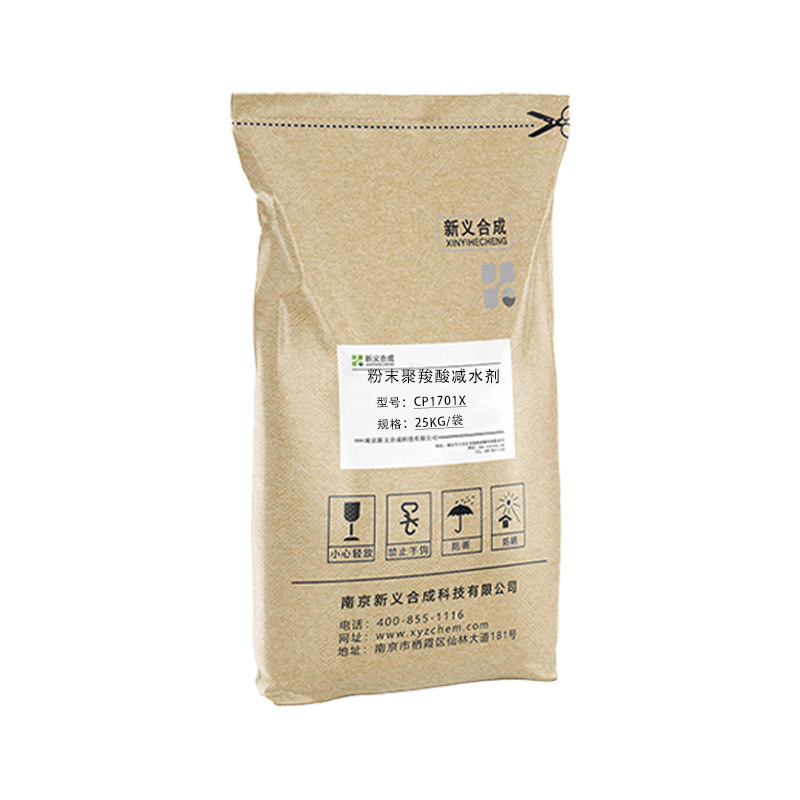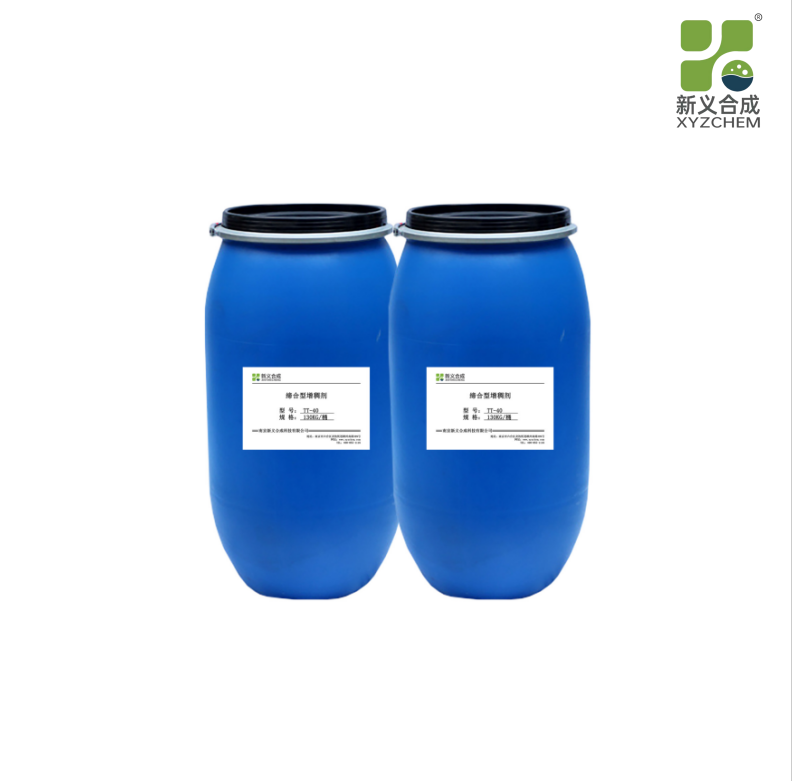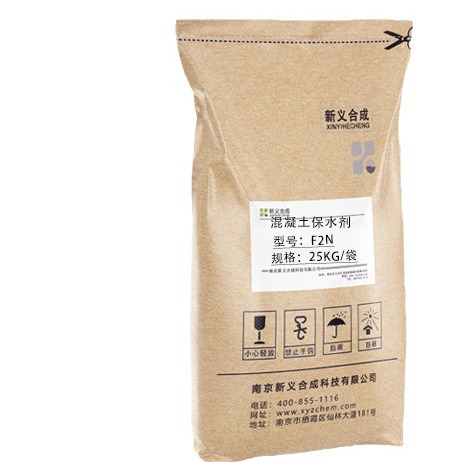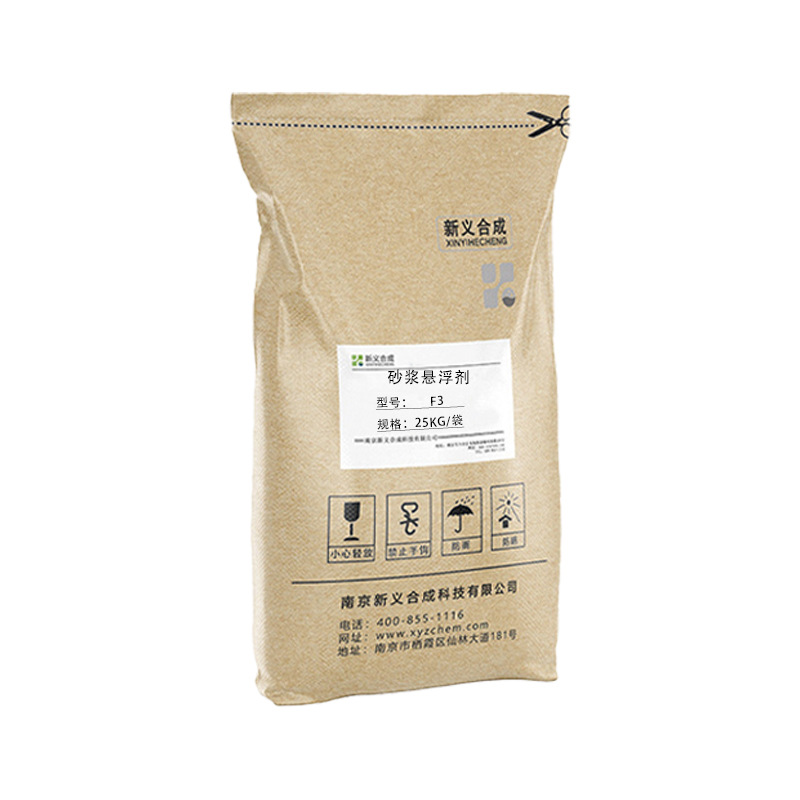Special cement is a variety of cement varieties that have certain unique properties, suitable for specific uses, or can play a special role and give special functions to buildings. The following is a detailed introduction about special cement:
1. Definition and characteristics
Special cement phase has special materialized characteristics for general cement used in ordinary civil construction engineering, such as high strength, fast early strength, good corrosion resistance, good plasticity and processability. It is usually used for special construction projects, such as ports, bridges, underground engineering, water conservancy projects, nuclear power plants, etc.
2. Main type
There are many ways to classify special cement. The following are several main types:
Fast hard cement: Also known as early strong cement, usually determines the label with a 1 or 3 -day compressive strength value of the cement. According to its mineral composition, it can be divided into siliconate fast hard cement, aluminum fast hard cement, sulfate aluminum fast hard cement and fluoro aluminate fast hard cement. According to its early intensity growth rate, it can be divided into fast hard cement and very fast hard cement.
Low fever and medium thermal cement: This type of cement has low hydration and is suitable for dams and other large -scale buildings. It can be divided into armal cement in silicate, thermal cement in ordinary silicate, low -thermal cement, and low -thermal expansion cement in ordinary silicate, hot cement in ordinary silicate, and so on.
Anti -sulfate cement: cement with high resistance to sulfate corrosion. It can be divided into anti -sulfuric acid saline cement, aluminum -mounted cement cement, and slag cricket cement according to the cement mineral composition. According to the size of cement resistance to sulfate erosion, it can also be divided into anti -sulfate cement and high anti -sulfate cement.
Oil well cement: cement dedicated to the oil well and gas well solid well, also known as blocking cement. It can be divided into ordinary oil well cement and special oil well cement.
Smoothy cement: During the hardening process, the volume of cement is different according to mineral composition. China is divided into silicate expansion cement, aluminum -aluminate expansion cement, sulfate and aluminum -sulfate expanded cement and calcium hydroxide expanded cement.
Third, application scope
Special cement is widely used in various engineering construction areas, such as the construction of special cement concrete, underground engineering, water conservancy engineering, nuclear power plant, etc. Among them, anti -sulfate cement is suitable for sea port projects, water conservancy projects, and underground engineering that is eroded, frozen and wet and wet in sulfate at the same time; oil well cement is dedicated to oil wells and air wells.
Fourth, standard regulations
China has clearly stipulated special cement standards. For example, there are specific restrictions on the hydrated thermal values of low -thermal cement and medium thermal cement; chemical composition and content in sulfuric acid siliconicate cement clrus also have specific regulations to ensure its anti -sulfate erosion capacity.
Relevant information on water reducing agents for special cement (white cement) is as follows:
1. The function of water reducing agent
The main functions of water reducing agent in special cement (including white cement) include:
Increase fluidity: When the water consumption and water-cement ratio remain unchanged, the slump of concrete can be significantly increased, making the concrete easier to flow and process.
Improve strength: While maintaining fluidity and cement dosage, reducing water consumption can reduce the water-cement ratio, thereby increasing the strength of concrete.
Saving cement: By reducing water consumption, cement consumption can be reduced while maintaining fluidity and water-cement ratio.
Improve durability: Water reducing agents can improve the durability of concrete and reduce shrinkage and cracking within the concrete.
2. Types of water reducing agents
There are many types of water reducing agents, including but not limited to the following:
Polycarboxylic acid-based high-performance water-reducing agent: It has the characteristics of high water-reducing rate, good slump retention performance, and small drying shrinkage. Especially suitable for concrete with high strength and high workability requirements.
Retarded polycarboxylic acid-based high-performance water-reducing agent: suitable for large-volume concrete, but not suitable for concrete construction where the daily minimum temperature is below 5°C.
Early-strength polycarboxylic acid-based high-performance water-reducing agent: suitable for concrete constructed with early-strength requirements or in low-temperature seasons, but not suitable for concrete constructed with the daily minimum temperature below -5°C, and not suitable for large-volume concrete.
3. Precautions for using water reducing agent
Dosage control: According to the type of water-reducing agent and the requirements of concrete, the amount of water-reducing agent should be reasonably controlled. Too much superplasticizer may cause the concrete to lose strength or become less durable.
Quality control: Choose water-reducing agents with guaranteed quality and avoid using products that are expired or from unknown sources.
Safety: Pay attention to the safe use of water-reducing agents and avoid irritation to the skin and eyes, as well as inhalation of excessive volatile organic compounds.
4. Storage and transportation of water reducing agent
Water reducing agent should be stored in a cool, dry place away from direct sunlight and high temperatures.
Liquid superplasticizer should be transported in barrels or special containers to ensure that no leakage occurs during transportation.
